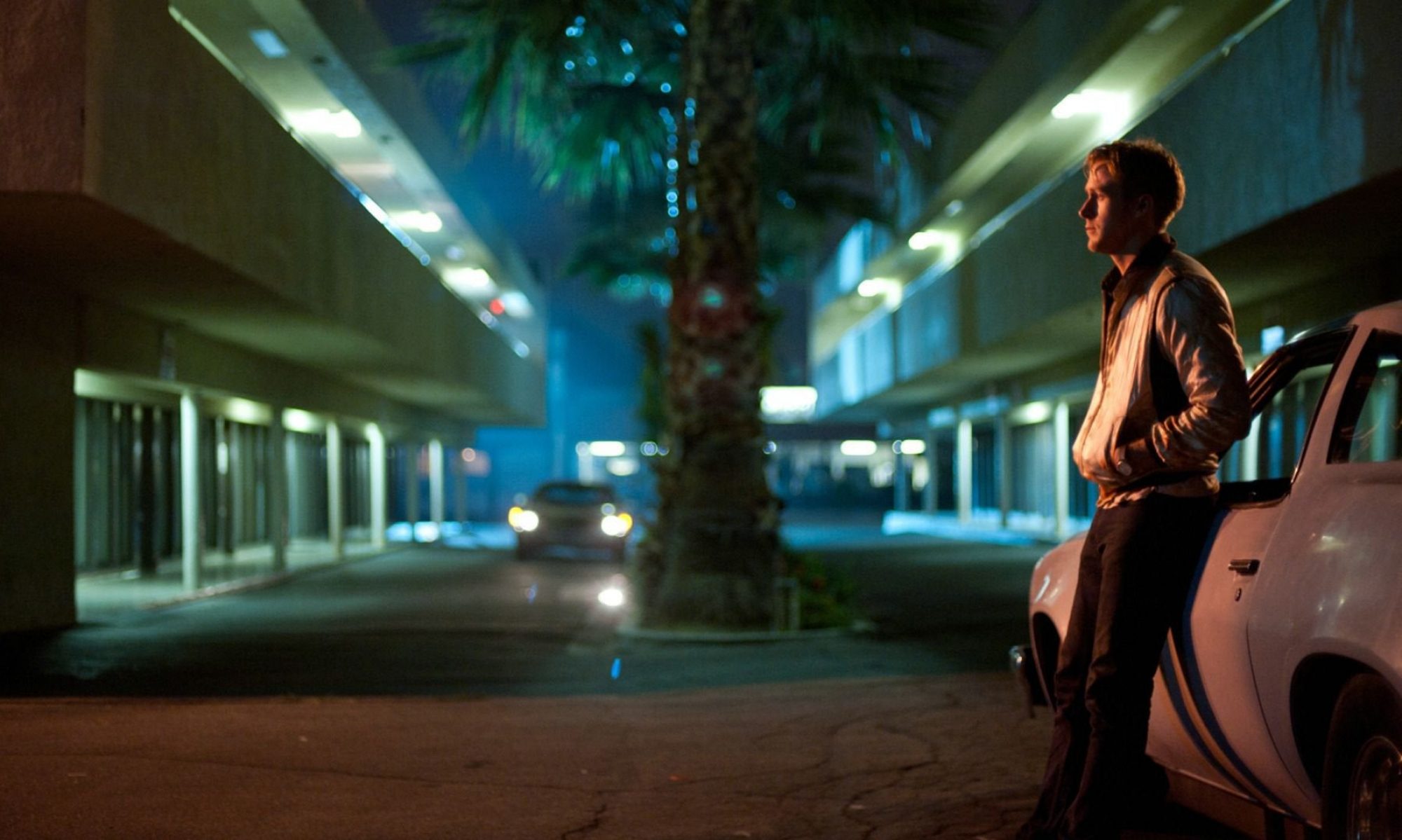The two-part book adaptation has been a contentious issue in film for well over a decade. The Harry Potterfilms started a trend by splitting Deathly Hallows into two entries, followed by other entries like the Twilightseries and the Hunger Games franchise. Debate quickly surfaced about whether this was necessary to allow for the breadth of the prose to be fully realised, or whether it was done mostly as a cynical cash grab done purely for financial gain. Funnily enough, opinions generally leaned towards the latter view.
With Dune, however, we have a rare example where two parts are genuinely warranted. Frank Herbert’s novel is a tome of literature, and fitting the sheer amount of lore into a single film would actively detract from the work’s overall quality (one of various criticisms levied at David Lynch’s 1984 infamous adaptation). Denis Villeneuve’s second entry for the series comes close to the three-hour mark that has increasingly become a trend with recent blockbusters, but not much material is wasted across part two’s epic running time. With the Harkonens satisfied with the apparent extinction of House Atreides, Paul and Lady Jessica utilise their enemies’ naivety to gather followers for a war of epic proportions.
While the first part of Dune received criticism from some for its slow pacing, those critics would be hard pressed to find fault with the second entry, which showcases some truly astounding action sequences and visuals courtesy of cinematographer Greig Fraser. Roger Deakins had already made orange iconic in the barren deserts of Blade Runner 2049, and Fraser continues the trend with the saturated deserts that the Fremen call home. Fraser also cultivates a distinctive world with the Harkonens, whose domain is framed in moody, distinctive monochrome as they carry out their villainous activities. While Stellen Skarsgård leans into the straightforward black and white bad guy role with gusto, Austin Butler manages to lend a certain nuance to his sadistic warrior Freyd-Reuther Harkonen, a role which could easily have fallen into pantomime camp in lesser hands. The generally stacked cast all put in powerful performances, with Florence Pugh and Christopher Walken making powerful impressions despite their limited screen time. It’s a shame not to see Lady Jessica more considering her pivotal role in Herbert’s first book, but Rebecca Ferguson nonetheless puts in a strong performance as the rebellious Bene Gesserit mother. The chemistry between Zendeya and Timothée Chalamet remains as strong as ever, and it’s refreshing to see a romance in film that doesn’t feel forced or fabricated. While the Dune films remain some of Villeneuve’s most commercial works, that’s not to say that he’s abandoned his arthouse roots, with dramatic set pieces, nuanced dialogue and his distinctive saturated aesthetic on full display. If his first two entries into the Duniverse are anything to go by, then we’ve got nothing to fear for his highly anticipated third entry.
